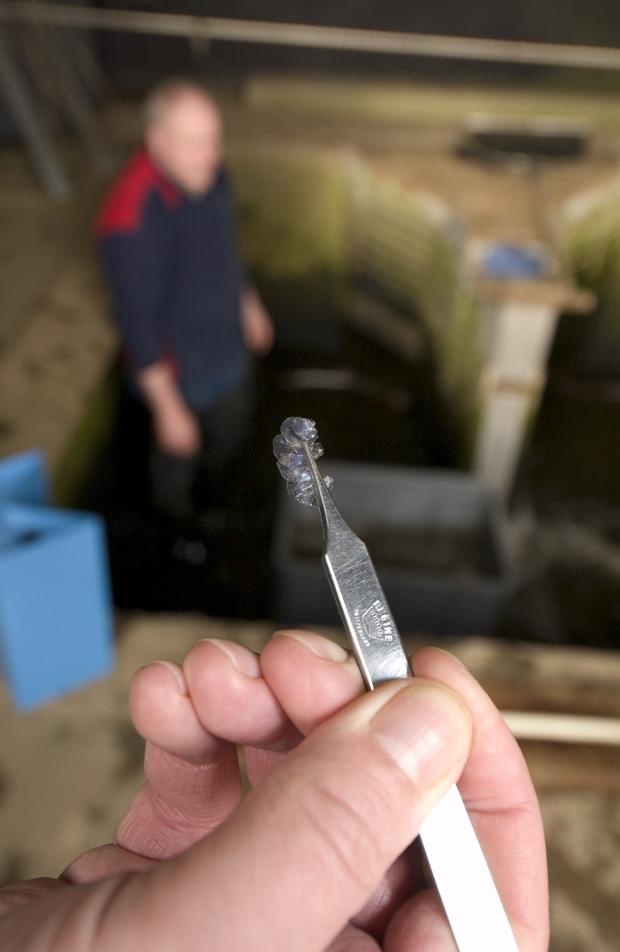River Bush Salmon Station
AFBI Bushmills, based at the River Bush Salmon Station, undertakes long-term research into the ecology and population dynamics of Atlantic salmon. The scientific facilities at the station enable the trapping and counting of wild salmon smolts (juveniles) migrating to sea and adults returning from the ocean to freshwater to spawn.
Overview

The long-term salmon monitoring programme at Bushmills provides important data that are unique within the British Isles in both accuracy and extent and the work is recognised as making a contribution to salmon conservation and management at an international level. For example, annual survival and abundance indices from the Bush programme routinely contribute towards large scale stock assessment efforts and the management of salmon fisheries in international waters. AFBI Bushmills research on stock/recruitment relationships is at the forefront of international efforts to define salmon spawning targets and test their applicability to salmon management throughout the north-east Atlantic.
The salmon station also has hatchery facilities for tagging studies and research into salmon ranching, enhancement and stocking techniques. The integration of census data on wild and hatchery salmon, together with tag returns from marine fisheries permits a complete picture of the levels and sources of mortality throughout the life cycle to be obtained. Recent salmon research conducted at Bushmills has focused on important contemporary issues such as the impact of climate change on salmon stocks.
Additionally, scientists based at the station have been using exciting new scientific techniques, such as acoustic telemetry, to investigate critical aspects of salmon biology including the survival of smolts in freshwater and the pre-spawning behaviour of adult salmon.
Salmon enhancement techniques of habitat improvement and fry stocking which were originally developed on the River Bush are now also being widely applied throughout Northern Ireland. For example, on the River Lagan, where salmon have been extinct for over a century, the foundations of a self-sustaining population have been established, and wild adult salmon are now returning to the river each year.